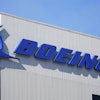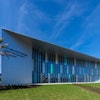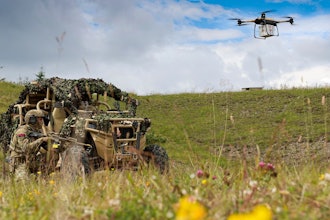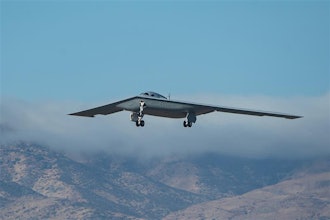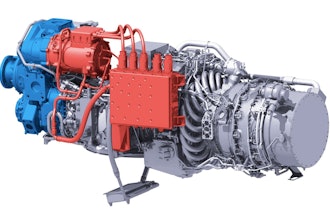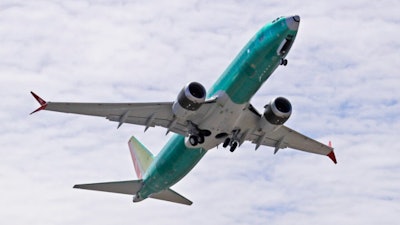
WASHINGTON (AP) — Federal safety officials are warning people who work on airplanes to avoid damaging the kind of sensors that misfired before crashes involving two Boeing 737 Max jets.
A Federal Aviation Administration bulletin stresses the need to avoid damaging "angle of attack" or AOA sensors, which measure a plane's position relative to oncoming air.
The FAA said in the Aug. 14 bulletin that it's imperative that airlines and other plane operators know how critical the sensors are and the potential for damaging them during normal operations and maintenance.
Faulty information from the sensors led an automated anti-stall system to repeatedly push down the noses of Max jets that crashed in Indonesia and Ethiopia, killing a total of 346 people.
The bulletin doesn't mention the Boeing Max by name.


